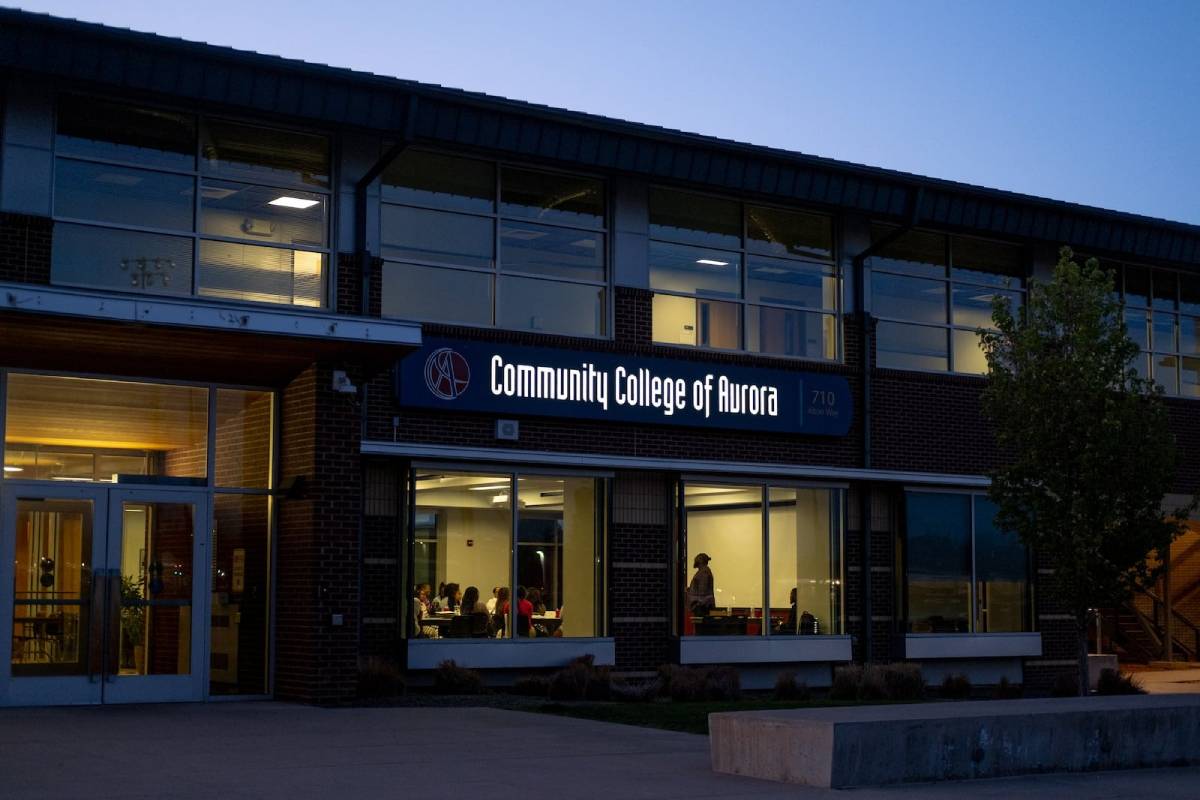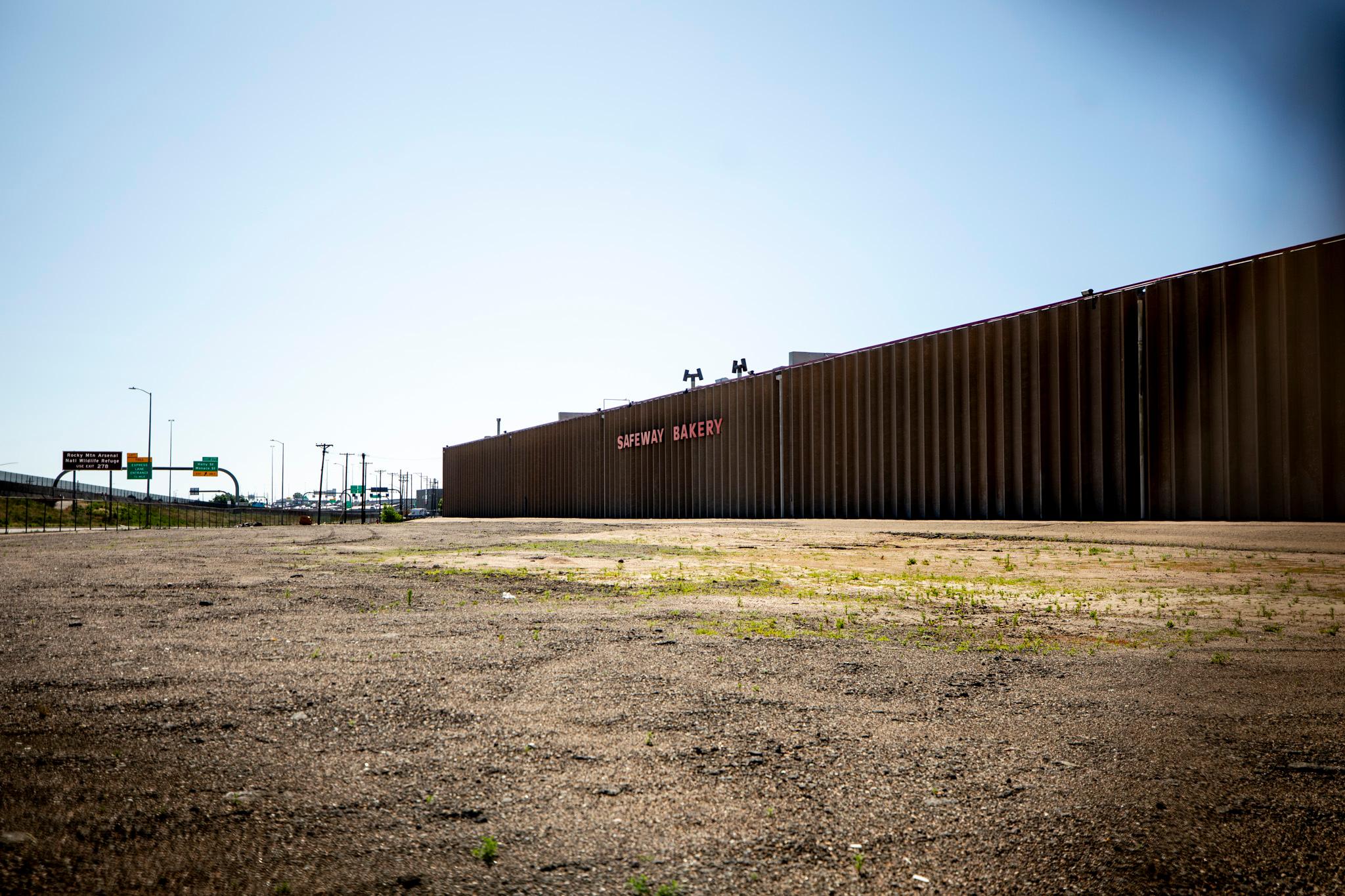
This week Hal's "Guest Star" is the Crab Nebula...
If you were looking up during the daytime, in July of the year 1054, you might’ve noticed what observers saw in China, Japan, Korea, and quite possibly in North America -- something that shouldn’t be there -- a new star visible in the daytime. Each of those cultures documented the appearance of this new star, which was visible for days, even in the bright blue skies of a warm July afternoon. Eventually it faded, and was gone from the sky.
Had this event occurred during winter months, like right now, when the night side of the Earth was facing that part of the sky, no doubt many other cultures would have recorded that an object brighter than the full moon had appeared suddenly, likely a harbinger of dangers ahead. But because it occurred in the summer, this strange light in the sky didn’t get much attention.
Century’s later, telescopes pointed at that location the sky revealed a fuzzy cloud of gas. Not long after World War II, when astronomers first began to use radio receivers that could focus on different parts of the sky, they pointed their radio telescopes in the constellation Taurus, where the ancient astronomers had reported the daytime star. To their surprise, the modern astronomers discovered a point in the sky ablaze with radio noise.
From this, astronomers determined that this object, called the Crab Nebula, was the remains of a supernova explosion, whose light reached the Earth in 1054. Modern observations show a rapidly expanding explosion of gas, with gases racing away from the explosion point at over 600 miles per second. And at the very center of the Crab Nebula is all that is left of the star that exploded. Collapsed into a tiny body of almost unbelievable density, this pulsar star weighs a little more than our Sun, but maybe only 20 miles across. And, it appears to be spinning 30 times per second. Wow.
If you’d like to take a closer look at the Crab Nebula, or any of the other wonderful and amazing things in the sky, please visit KRCC.org or CSASTRO.org for a link to information on our monthly meetings and our free public star parties!
This is Hal Bidlack for the Colorado Springs Astronomical Society, telling you to keep looking up, Southern Colorado!








